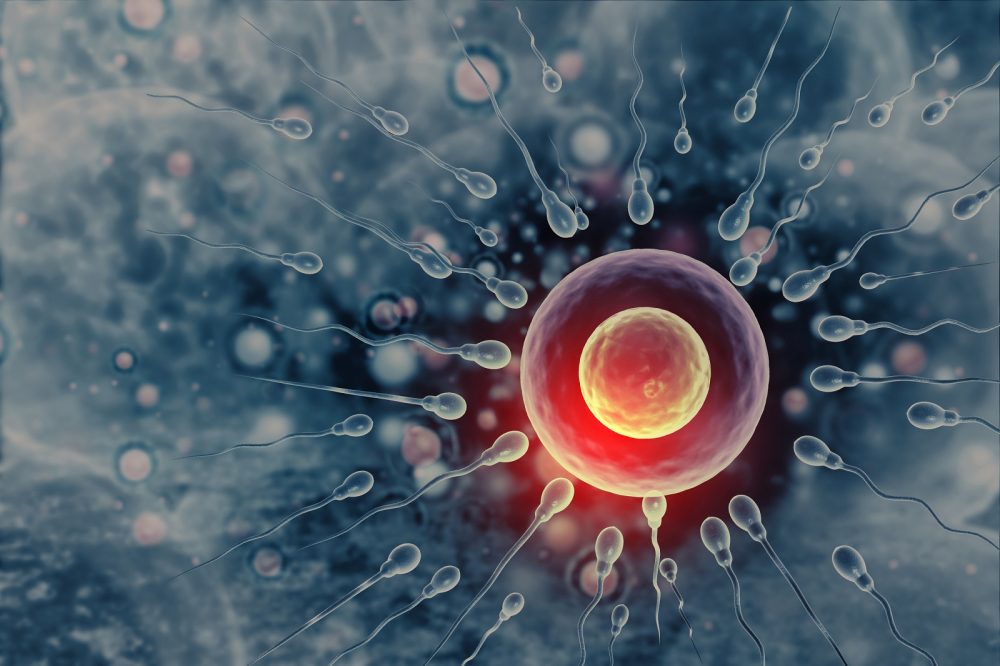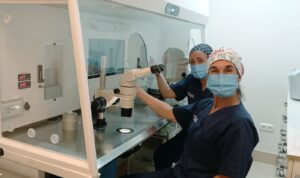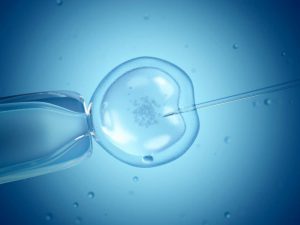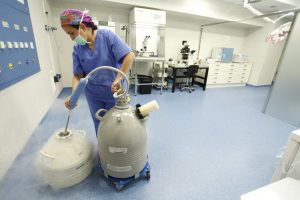FIV Ochoa uses genetic semen analytics to raise the likelihood of pregnancy.

Starting a family can feel like a long-distance obstacle race. Although some people still think of infertility as a “woman’s problem”, in 20% of infertile couples the problem lies solely with the male partner. Fortunately, medical science has developed genetic semen studies that help achieve pregnancy.
In 2020, 69.7% of the male patients who resorted to FIV Ochoa achieved their goal. Couples with frozen embryos who do not achieve pregnancy on their first attempt most often do so in subsequent months.
Male infertility and semen analysis
A rudimentary semen analysis will check the quantity and quality of spermatozoa in the semen. Semen analysis can detect:
• Azoospermia (no sperm appear in the semen sample).
• Oligospermia (low sperm count).
• Problems with sperm motility (lack of efficient sperm movement).
• Problems with sperm morphology (problems with size, shape or appearance of sperm).
If the results point to something irregular, doctors may order further tests such as testicular biopsy. Hospital Ochoa’s embryologist Dr. María José Figueroa is of the opinion that: “even if a priori the semen sample is normal, should pregnancy not be achieved there are further tests we can conduct that allow us to go deeper into the genetic root causes”.
Sperm DNA fragmentation test
Sperm DNA can be damaged (fragmented) when they are made. Even if sperm count is normal, men with high levels of sperm DNA fragmentation are less likely to get their partner pregnant and have increased risk of miscarriage. Knowing whether a patient has sperm DNA damage can help them make informed decisions about the type of treatment and/or lifestyle changes for improving fertility.
A sperm DNA fragmentation test is recommended in men with an andrological disorder such as varicocele, genital tract inflammation, advanced age (>45 years), leukocytospermia (also called pyospermia), smoking, chemotherapy or radiotherapy treatments, and in couples with repeated miscarriages or previous IVF failures.
Fluorescence in situ hybridisation (FISH)
Health issues are often of genetic origin and thereby hereditary. As Hospital Ochoa’s Dr. Juan Manuel Marín says; “chromosomal abnormalities in sperm are related not only to a higher risk of miscarriage but also to a higher risk of genetic alteration in the newborn”.
Fluorescence in situ hybridisation (FISH) is a genetic laboratory test for detecting and locating a specific DNA sequence on a chromosome. In the context of fertility testing, FISH can be performed on both male and female partners. It is typically conducted in males with poor sperm quality, or in couples with poor embryo quality, 2 or more miscarriages, or a repeated lack of IVF success.
Sperm with an abnormal FISH result can lead to chromosomal alterations in up to 70% of fertilised embryos. A preimplantation genetic diagnosis (PGD) is carried out when one or both genetic parents have a known genetic abnormality, to determine whether the embryo also carries a genetic abnormality.




